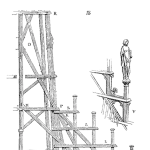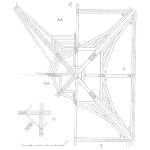
Global Asset Management Certifications with Susan Lubell
We’re excited to have Susan Lubell, the PEMAC Asset Management Association of Canada President, with us. She’s also the chairperson at World Partners in Asset Management and the principal consultant at Steppe Consulting. Susan presents at conferences, instructs, and has been heavily involved in maintenance and reliability and asset management for more than 25 years. These have been in oil and gas as well as mining and mineral processing.
In this episode, we covered:
- What is Asset Management
- Which AM certifications are available
- Difference between CSAMs and CPAMs
- And much more!

 Think about your maintenance program. How often are your PMs scheduled? How were those
Think about your maintenance program. How often are your PMs scheduled? How were those  This formula is used to establish the economic life of the component, balancing the cost of the downtime vs. the cost of the replacement.
This formula is used to establish the economic life of the component, balancing the cost of the downtime vs. the cost of the replacement.


 Most maintenance and reliability professionals have seen the six failure patterns (or failure
Most maintenance and reliability professionals have seen the six failure patterns (or failure 
 Imagine working in an organization that does not provide training or has zero tolerance to taking a risk, trying something new and failing. Or it is expected that you have all of the answers and do not need any assistance ever. Sound familiar? If it does, how is the performance of your plant? Chances are it is not as good as it could be. This example is great at illustrating what a learning culture does not look like.
Imagine working in an organization that does not provide training or has zero tolerance to taking a risk, trying something new and failing. Or it is expected that you have all of the answers and do not need any assistance ever. Sound familiar? If it does, how is the performance of your plant? Chances are it is not as good as it could be. This example is great at illustrating what a learning culture does not look like.





